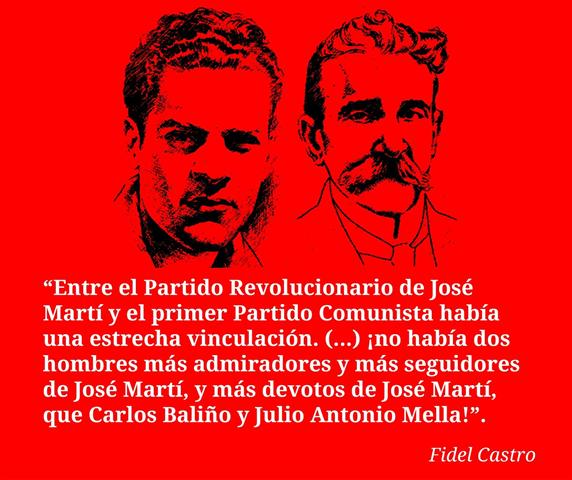Lazo, who is also the president of the Council of State, pointed out on the social network X, formerly Twitter, that it is one of the historic antecedents of the Communist Party of Cuba (PCC), an expression of unity and continuity.
PCC Secretary of Organization Roberto Morales, in turn, tweeted that it represents an embrace of two generations; a historic struggle for independence and social justice.
On August 16, 1925, Mella and Baliño founded the first political organization of communist denomination on Cuba, aimed at defending the interests of the working class and popular sectors.
Since its foundation, the communist organization faced fierce repression, so it went underground just 15 days after its creation until 1938.
A year after its return to legality, it adopted the name of Unión Revolucionaria Comunista (Revolutionary Communist Union), and in 1944 the name of Partido Socialista Popular (Popular Socialist Party).
Its actions were always linked to the interests of the working class and in particular to the Confederation of Cuban Workers.
Despite constant persecution, the arduous battles of its members were decisive in the confrontation with bourgeois and dictatorial regimes, and in the passing of complementary laws that made it possible the progressive provisions included in the 1940 Constitution.
During the years of the Fulgencio Batista dictatorship (1952-1959), the organization had to return to clandestinity, and during the insurrectional struggle, many of its members were killed.
After the revolutionary triumph on January 1, 1959, the process of unity headed by Fidel Castro led to the merger, in 1961, of the leftist political groups with the 26 of July Movement and the Revolutionary Directorate, in the Integrated Revolutionary Organizations, which were a precedent to establish the United Party of the Socialist Revolution of Cuba, which adopted the name of Communist Party of Cuba in 1965.
jg/jav/ro/mpp









